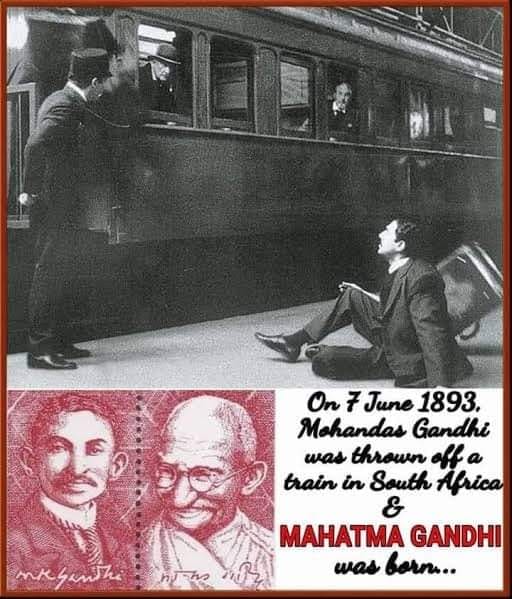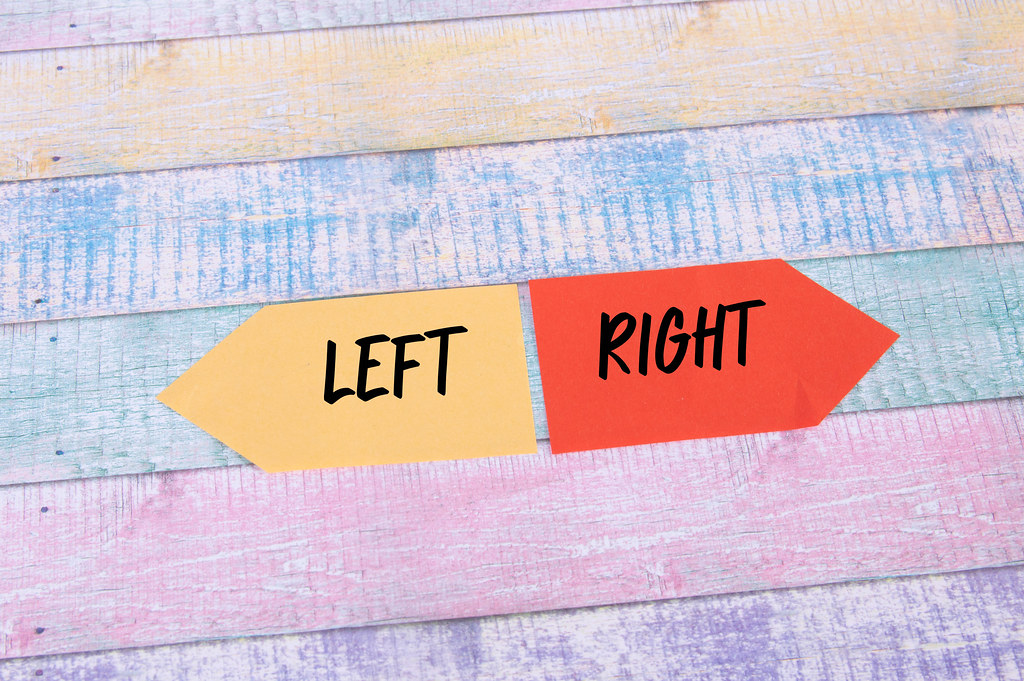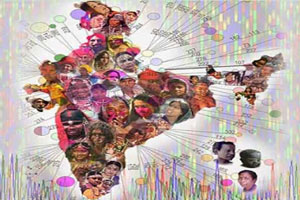I am fortunate to have experienced the wonders of growing up in one of India's pioneering Smart Cities. Back in the 1950s and 60s, public sector undertakings like BHEL, SAIL, HMT, and Indian Telephone Industries weren't just industrial hubs; they were vibrant self-sufficient communities designed to cater to the holistic needs of their employees and families.
Spanning vast acres, these townships weren't merely places of work; they were carefully planned havens offering top-notch amenities. Their establishment wasn't just about industrial development; it was a bold endeavor aimed at comprehensive area development and ensuring exemplary living standards for the populace.
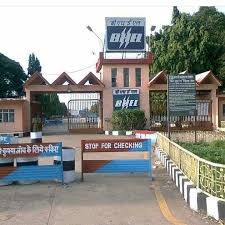
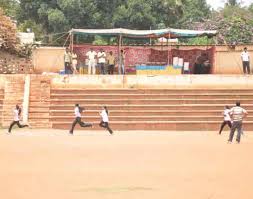
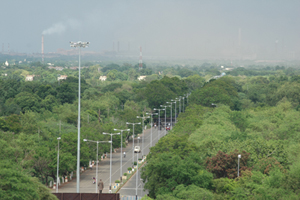
Remarkably, these PSUs didn't just provide employment opportunities; they nurtured talent, fostering the rise of individuals from diverse educational backgrounds. In an era where formal qualifications were scarce, these organizations offered avenues for growth to even those with basic technical or academic qualifications, paving the way for remarkable success stories and their off springs are now occupying top positions in various fields.
The layout of these townships was meticulously organized, with sectors and zones facilitating efficient maintenance. Schools, conveniently situated within walking or biking distance, made education a joyful journey. Each sector boasted expansive playgrounds, sports clubs and lush gardens, nurturing the physical and mental well-being of residents, many of whom went on to represent their states and country in various sports.
Community centres and auditoriums buzzed with activity, hosting entertaining programs that brought everyone together. Shopping centres, though modest in comparison to today's malls, but were well laid out and catered to the needs of residents, fostering a sense of community.
BHEL was truly a COSMOPOLITAN Township
Religious diversity thrived, with places of worship for every faith, symbolizing unity in diversity. Festivals were celebrated with exuberance, reinforcing the ethos of harmony and togetherness. I realised its importance after I joined NDA when I was surprised to meet cadets who never in their lives had interacted with a Gujju or a Tant/ Kadi chat or a Tambhi.
Another, most invaluable aspect was the healthcare infrastructure. Dispensaries equipped with medical professionals and lab facilities ensured easy access to healthcare, with a seamless link to main hospitals for more serious ailments.
BHEL Bhopal, BHEL Hardwar, steel plants in Bhilai, Bokaro etc stand as shining examples of these Smart Cities' success. Despite the challenges of the time, these townships flourished, embodying visionary planning and execution.
But most important outcome of that grand vision was that the cities grew around these townships.
As a child I do not remember of power outages in the township. We must not forget that these facilities that many of us, fortunate ones, have enjoyed in our childhood were not available to rest of the country men. To me personally, as far as quality of life was concerned cantonment was not very different from my BHEL township.
Regrettably, the vision that shaped these Smart Cities seems to have been lost in the maze of contemporary urban planning. Despite thousands of crores of investments, modern smart cities as envisaged by the current Govt pale in comparison to their predecessors; BHEL Bhopal, BHEL Hardwar, Steel Plant Bhilai, etc.
As I revisit the SMART CITY of my childhood, nostalgia mingles with sorrow at the sight of dilapidated houses and playgrounds. It prompts introspection—
Have we, as beneficiaries of this grand vision, truly appreciated its legacy?
Have we failed to uphold the essence of the idea of India that thrived in those times, in those townships?
Have I not exploited all the Good that was bestowed to me ( rest of India was not enjoying those perks) and I am not doing enough to spread that grand vision.
Am I Ungrateful ?
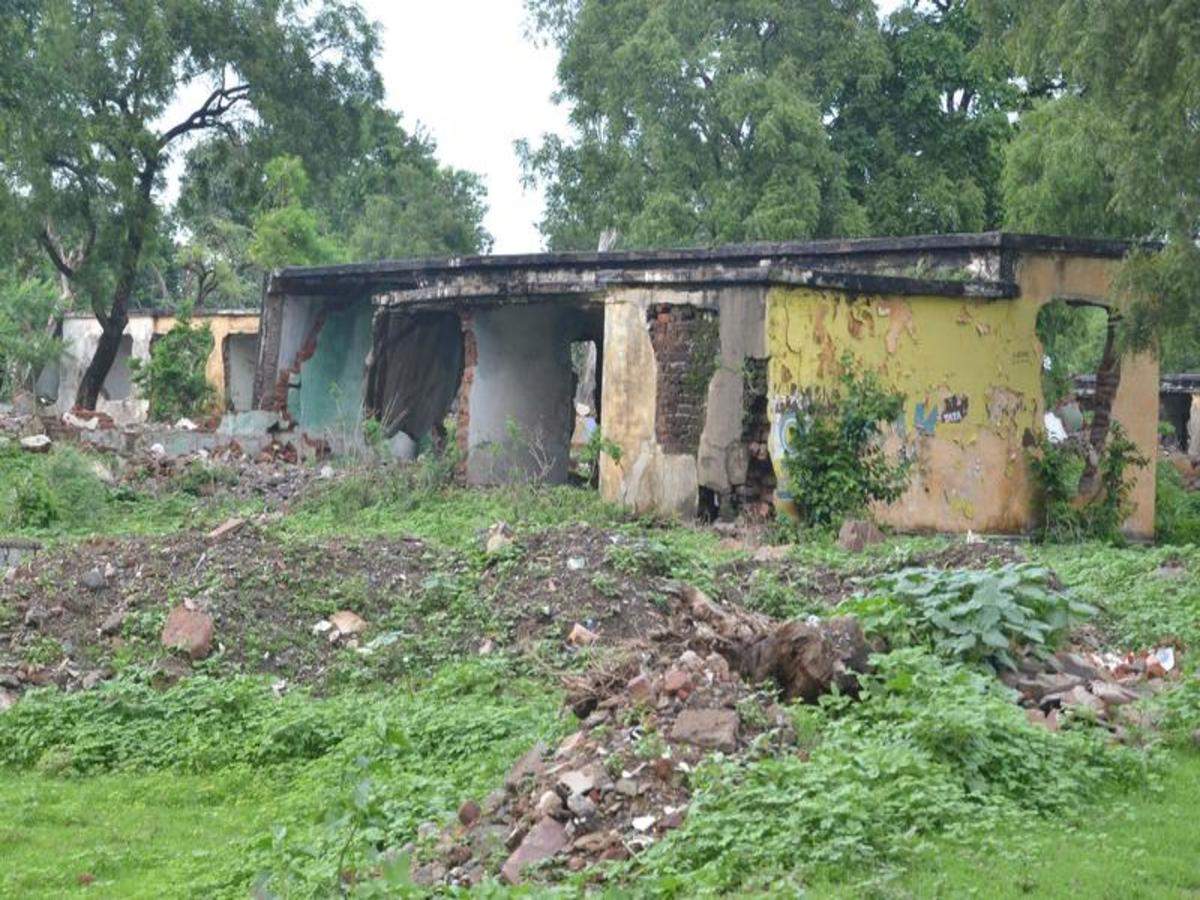
Chandigarh, masterfully designed by a French architect, stands as another testament to what can be achieved when vision meets execution. Its high quality of life mirrors the aspirations that once drove the creation of Smart Cities.
Expectedly, once again the Govt failed to do proper homework .
In retrospect, it's not merely the infrastructure but also the spirit of community, inclusivity, and foresight that we must strive to preserve. Only then can we honor the legacy of those pioneering townships and steer our cities towards a brighter future.
Add a comment

